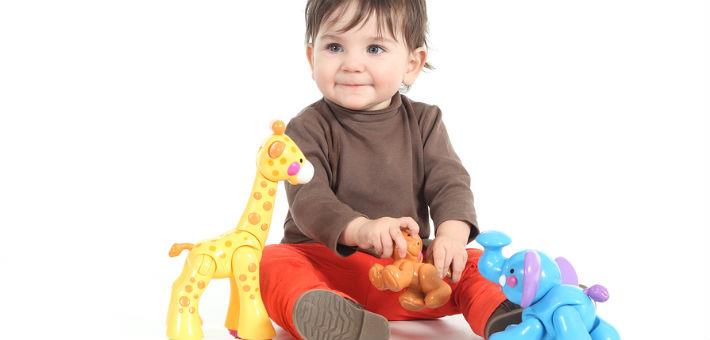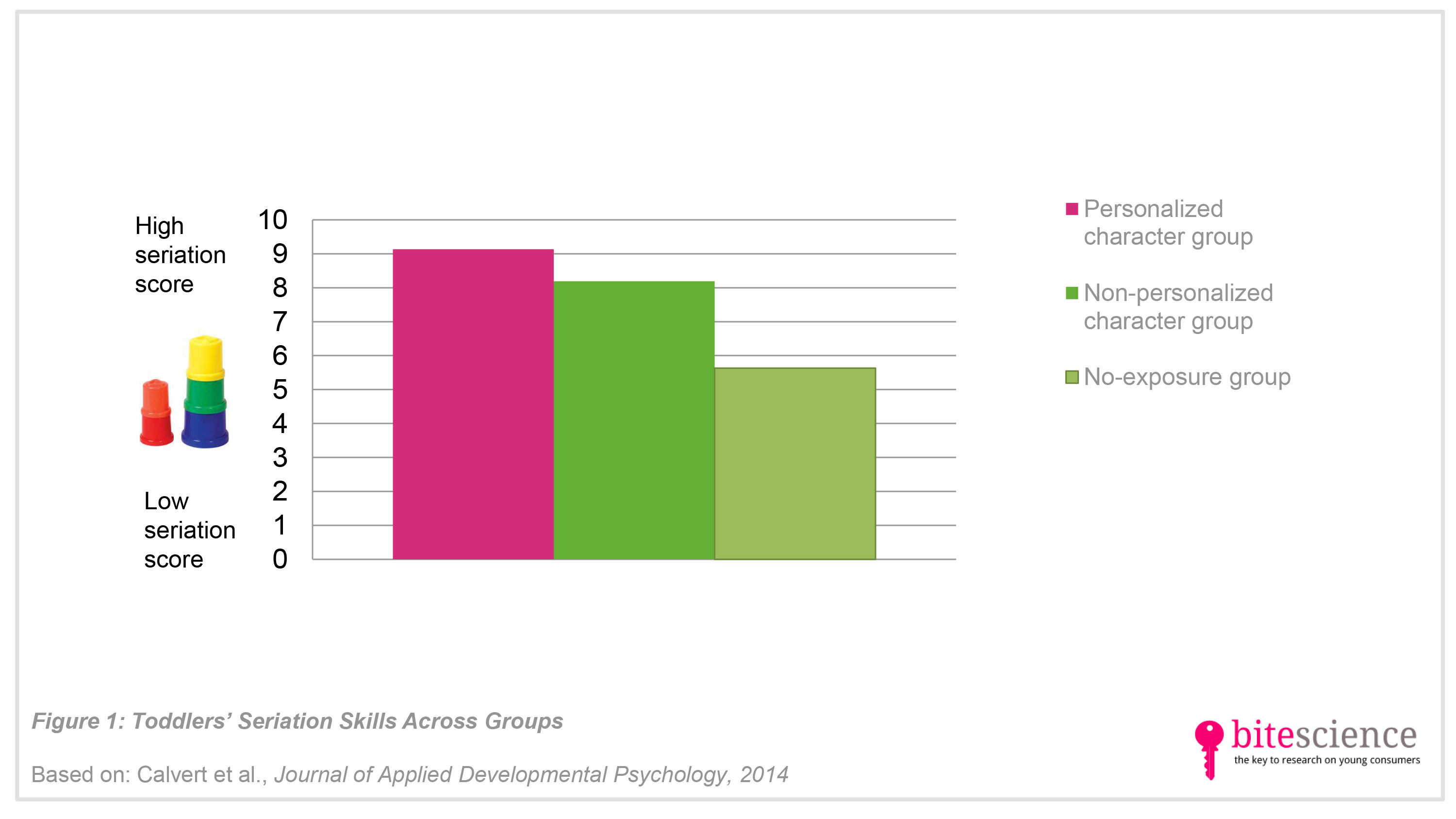
How Interactive Toy Characters Enhance Toddlers’ Mathematical Skills
Earlier research has shown the important interaction is for toddlers’ ability to learn new words and tasks. Especially live interaction with another person is important. Researchers of a study in the Journal of Applied Developmental Psychology wondered whether interaction with toy characters can help enhancing toddlers’ learning as well. It turns out that toy characters can indeed improve children’s learning (mathematical skills). However, some important conditions should be taken into account.
Take aways
- Interactive toy characters can improve toddlers’ seriation skills (sorting cups by size) through play and demonstration videos.
- However, there are some important conditions:
- the character has to be responsive;
- the character has to be similar to the child, for example same gender and preferences;
- social interactions between the character and the child are crucial.
- Developers of educational content must be aware that interactive toy characters can enhance toddlers’ earliest mathematical skills through their similarities and their social relationships with these characters.
Study information
The question?
Can toddlers learn mathematical skills from interactive (personalized) toy characters?
Who?
48 1-year-olds (range: 18-21 months old; 50% were boys)
Where?
Washington, United States
How?
The toddlers were divided into three groups. In the personalized character group, children were given an interactive plush toy dog to play with that was pre-programmed to be the same gender as the child (the character Violet for girls and Scout for boys), to call the child’s name, and to like the same favorite food and song as the child. In the non-personalized character group, children were given a non-personalized character to play with that was pre-programmed to call the child by the common name ‘Pal’, to have the opposite gender as the child, and to have randomly selected favorites. Within a three-month period, toddlers were allowed to play with the toy, and during two in-home play sessions children were recorded while playing. After those three months toddlers viewed a video in which their personal interactive character demonstrated a seriation task (sorting cups by size). All toddlers, including those in the final no-exposure group (who didn’t view the video demonstration) were given a set of cups and were asked to sort the cups by size as well.
Facts and findings
- Children who played with personalized interactive toy characters performed better on the seriation task than those who played with interactive characters that were not personalized and those that did not interact with any character (see Figure 1).
- Thus, children who played with characters that were programmed to be similar and responsive to the child learned the most.
- Children in the personalized character group also showed more social responses (e.g., feeding the character, saying the character's name, smiling) to their character, compared to those in the non-personalized character group.
- The more children showed these social interactions with their personalized character, the better they performed on the seriation task.
- This implies that next to personalization of the character, social interaction with the character plays an important role in enhancing seriation skills as well.
- Critical note: The researchers studied only 48 1-year-olds, thus the conclusions may not hold for all children of these age.
